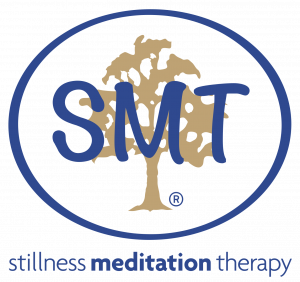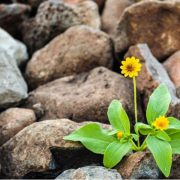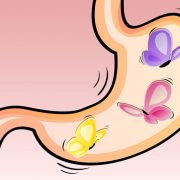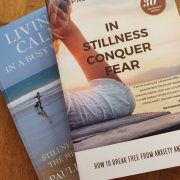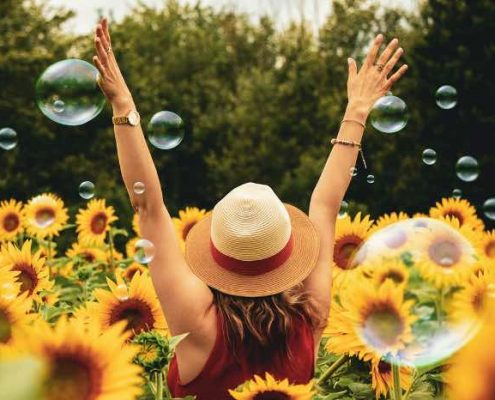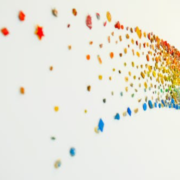Healing our Communal Bewilderment
A certain miasma seems to have invaded our collective lives – a kind of invisible mixture of emptiness, complacency and urgency. This odd mix of energy and lassitude is, for many, accompanied by a strange sense of sorrow; not the grief of trauma or loss but a level of something that halts progress and brings with it a state of bewilderment.
In these pandemic times, there is restlessness, a loss of who we are, who we were and what is expected of us from here-on.
Change, which has affected all demographics, through all age groups and even our very young children, has overwhelmed life as we knew it. We have been caught unawares, unprepared, unready for such a devious invasion of our ‘self’.
In this confusion we vaguely recognise a world that has been turned upside down. With caution surrounding our every move we edge our way into this brand-new year with a level of trepidation that, in some ways, has somewhat eclipsed the threat of the virus itself. No matter who we are in the hierarchy of society or whatever our role, we are called to realign our thinking. We are bewildered as we attempt to navigate and adapt to a world of deprivations previously unknown.
Restrictions in various forms remain inevitable, bringing change and loss and denying freedom. Without the gift of freedom, we feel frail. And its kin, the treasures of peace, love, hope and joy fade back as adverse emotions surge in confusion, frustration and anger. Personal control has vanished, a discomfort that we’re powerless to ‘fix’ despite all effort.
With such burdened hearts and minds many succumb to the typical effects of exhaustion feeling increased stress, heightened anxiety and the cloud of depression. What can we do?
Let us pause, consider, and learn about growth – the paradox of healing – and the power of growth which can conquer emotional challenges.
It comes in stillness
Take a moment to sit quietly and be still. Allow yourself to experience within that moment, an opportunity to completely ‘let go’. Especially let go of effort or thought. Not easy at first. So perhaps you might pray, if you can, in whichever style of faith you can muster, for a new kind of freedom. Trust those quiet moments as little by little a tiny seed of inner peace may grow enough to bring you – and therefore perhaps others – toward positive change.
Do this – and see what happens. Beyond bewilderment, from stillness you might capture, if only briefly, a different experience of the power of love. And a future, not broken but refreshingly renewed.
